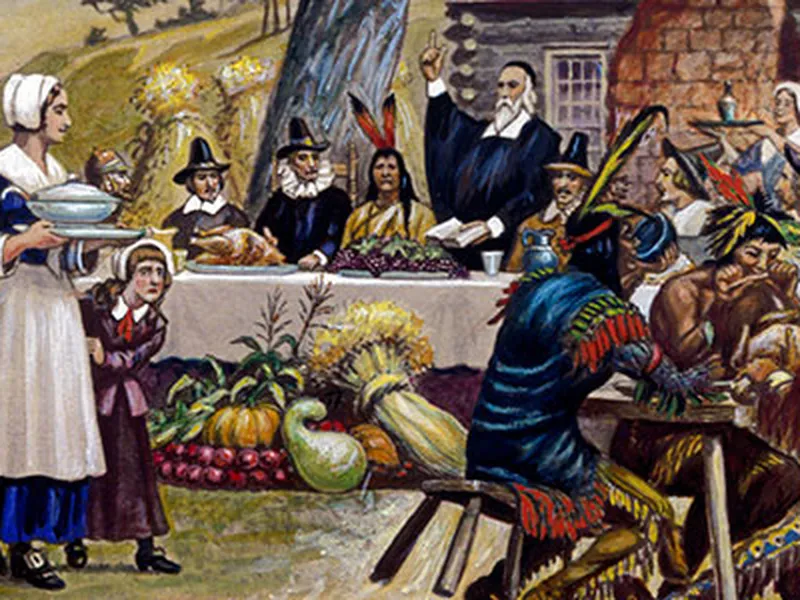Frankenstein is a myth of the holiday Halloween, developed by Victor Frankenstein, but was written by a young lady named Mary Wollstonecraft Godwin Shelly on a cold, damp night in the summer of 1816, or another research, the month of November. Victor Frankenstein stated he had a reason for creating the monster. Victor believed that the beast would be able to unravel the secrets of “life and death,” find a “new species,” and learn how to “renew life.”
In the gothic novel “Frankenstein,” Victor Frankenstein’s ambitious quest to create life leads to dreadful consequences. Driven by his desire to uncover the mysteries of existence and mortality, Victor becomes consumed by his creation, which ultimately spirals into tragedy. Mary Wollstonecraft Godwin Shelly’s iconic work delves into themes of scientific curiosity, ambition, and the ethical considerations of playing God. Through Victor Frankenstein’s relentless pursuit of knowledge, the novel serves as a cautionary tale about the riskiness of unchecked ambition and the consequences of tampering with the original forces of nature. As the story unfolds, it becomes a sorrowful exploration of the human condition and the major implications of scientific discovery.
For more information visit here.








